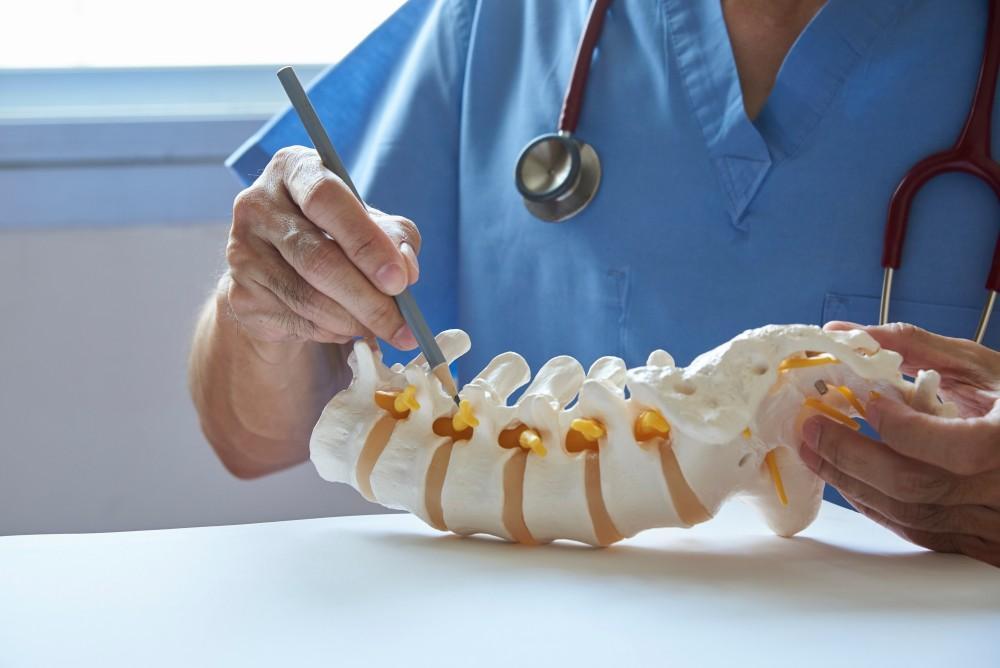
7 Advantages of Robotic Surgery

First there was open surgery, but it required large incisions, carried some serious risks, and made for a long recovery. Then there came minimally invasive surgery, which could perform the same procedures but required smaller incisions; it had fewer risks, especially of bleeding and infection; and had a shortened recovery time.
Finally robotic surgery developed. It’s an advanced form of minimally invasive surgery that uses computers to accomplish the surgery more effectively by having better planning and more precise targeting.
Surgical robots are self-powered, computer-controlled devices programmed to help with the positioning and manipulation of surgical instruments, allowing the surgeons themselves better accuracy, flexibility, and control.
At Vertrae®, with locations in Dayton and Springfield, Ohio, board-certified neurosurgeon and neurological spine surgeon Dr. Kamal Woods and his staff specialize in using state-of-the-art technologies, including robotic surgery systems. These systems allow the surgeon to map out his surgical plan in greater detail as well as improve the accuracy of each procedure. Placing implants and other spinal hardware becomes easier, faster, and more precise.
Why robotic surgery works
Robotic surgery is able to take full advantage of the small incisions in even smaller spaces that are used in minimally invasive surgery. Just think about how bulky the human hand is when compared with microtechnology. The robot’s “hands” and instruments are incrementally thinner while still retaining a high degree of dexterity that allows them to move in tight places in the body.
In addition, when you pair these mechanical elements with feedback-controlled motions, you get movements that are much smoother than anything achieved by a human alone. The end result is that surgeons maintain a lot more control over what they do while also reducing tissue trauma.
How robotic surgery works
Robotic imaging and navigation technologies enable Dr. Woods to plan and perform your procedure with greater accuracy and enhanced visualization. Special surgical planning software helps him "see" the entire procedure in high-resolution, 3D detail before you even arrive in the operating room, and intraoperative imaging provides a detailed view of your anatomy in real time, guiding the procedure’s execution.
Once Dr. Woods has mapped out each step he'll perform, an automated robotic “arm” holds key surgical instrumentation in place over the patient, while real-time scans provide the necessary imaging. The doctor and the robot assistant work in tandem throughout the procedure to ensure it follows the plan precisely or responds to an unexpected event appropriately. The result is unprecedented precision.
This comprehensive technology enables Dr. Woods to:
- Use minimally invasive techniques
- Increase accuracy for steps such as screw placement compared to non-assisted methods
- Potentially reduce the rate of surgical revision compared to non-assisted methods
And the use of intraoperative images:
- Provides him with real-time anatomical views before, during, and after the procedure
- Allows him to visualize screw placement more precisely during the procedure
- Gives him additional information to make informed decisions during surgery
Some of the many spinal procedures that Dr. Woods can perform with robotic surgery include:
- Balloon kyphoplasty for spinal fractures
- Bone grafting
- Bone spur removal
- Cervical or lumbar disc replacement
- Vertebral fusion
- Herniated disc repair
7 advantages of robotic surgery
Robotic surgery offers seven benefits for patients compared to open surgery, including:
- Shorter hospital stays
- Reduced pain and discomfort
- Faster recovery time
- Smaller incisions, resulting in reduced infection risk
- Reduced blood loss and need for transfusions
- Minimal scarring
- Surgeons have greater visualization, enhanced dexterity, and greater precision, leading to better outcomes for patients
If you have a condition that hasn’t been resolved with conservative treatments and you’d like to learn more about the advantages of robotic surgery, give Vertrae a call to schedule a consultation with Dr. Woods. Call either of our locations, or book online with us today.
You Might Also Enjoy...


4 Benefits of Outpatient Spine Surgery

Am I a Candidate for Kyphoplasty?

Pulled Muscle vs. Pinched Nerve: What's the Difference?

4 Subtle Signs of Sciatica

